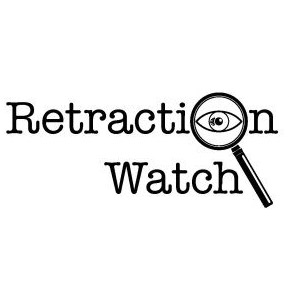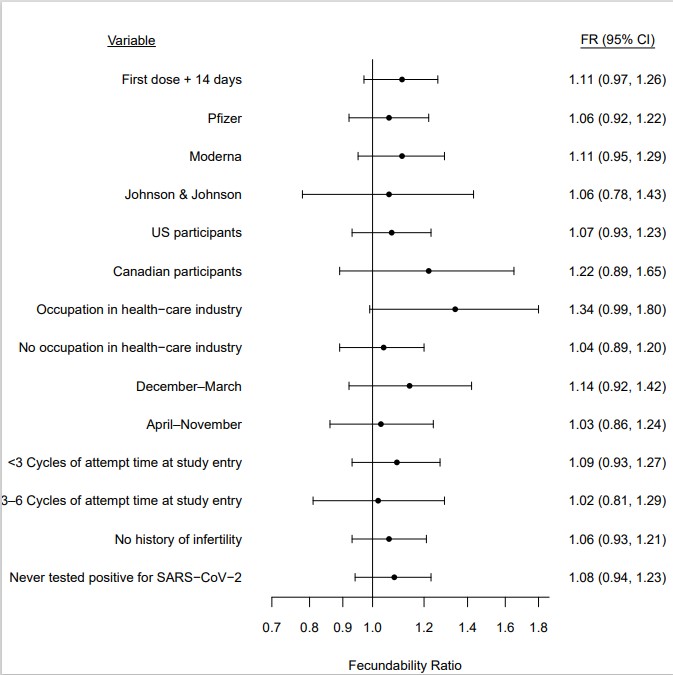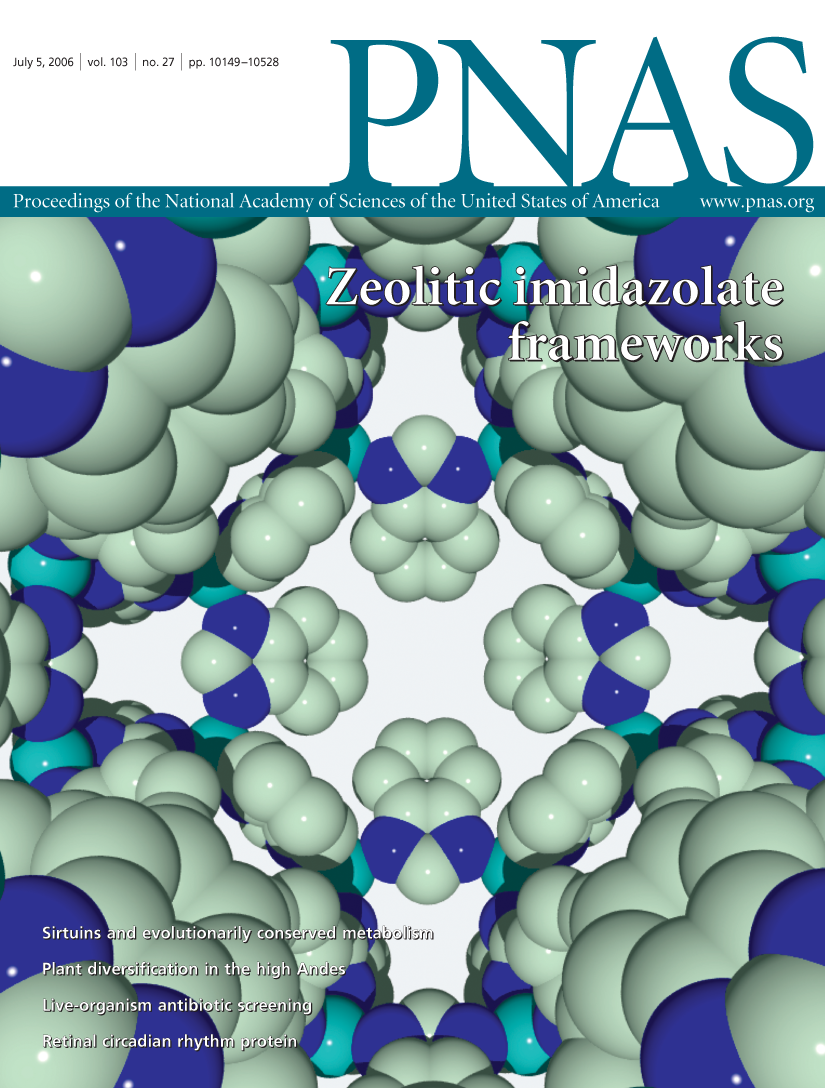In the Yangtze Delta, about 160 kilometres southwest of Shanghai, the archeological ruins of Liangzhu City are located. There, a highly advanced culture blossomed about 5,300 years ago, thanks to the engineering of large hydraulic structures. The walled city had a complex system of navigable canals, dams and water reservoirs. This system made it possible to cultivate very large agricultural areas throughout the year. In the history of human civilization, it is one of the first examples of highly developed communities based on a water infrastructure. And they did it all without metal. Long undiscovered, the archaeological site is now considered…
-
-
I am honored to introduce a new Person of LWON, Laura Helmuth, who probably doesn’t need introducing at all, given that she has done everything (editing mostly, but also editing-in-chief and giving encouraging talks and getting a PhD in cognitive neuroscience and winning awards and being on every science writing committee and institution known to humankind) and has been everywhere (Science, Smithsonian, National Geographic, Slate, Washington Post, and Scientific American, that is, a good fraction of the science-related publications known to humankind). She now writes a spritely advice column for Slate for people trying to navigate their workplaces. She remains…
-
In biology, enzymes have evolved over millions of years to drive chemical reactions. Scientists from the Max Planck Institute for Dynamics and Self-Organization (MPI-DS) now derived universal rules to enable the de novo design of optimal enzymes. As an example, they considered the enzymatic reaction of breaking a dimer into two monomer molecules. Considering the geometry of such an enzyme-substrate-complex, they identified three golden rules that should be considered to build a functional enzyme. First, the interface of both enzyme and molecule should be located at their respective smaller end. This way, a strong coupling between both of them can…
-
Open science essentials in 2 minutes, part 4 Before a research article is published in a journal you can make it freely available for anyone to read. You could do this on your own website, but you can also do it on a preprint server, such as psyarxiv.com, where other researchers also share their preprints, which is supported by the OSF so will be around for a while, and which allows you to find others’ research easily. Preprint servers have been used for decades in physics, but are now becoming more common across academia. Preprints allow rapid dissemination of your…
-
Dear RW readers, can you spare $25? The week at Retraction Watch featured: Our list of retracted or withdrawn COVID-19 papers is up past 500. There are more than 59,000 retractions in The Retraction Watch Database — which is now part of Crossref. The Retraction Watch Hijacked Journal Checker now contains more than 300 titles. And have you seen our leaderboard of authors with the most retractions lately — or our list of top 10 most highly cited retracted papers? What about The Retraction Watch Mass Resignations List — or our list of nearly 100 papers with evidence they were…
-
Despite claims of anti-vaccine activists no different than groups that used to claim vaccines cause autism, COVID-19 vaccines do not impact fecundability—the probability of conception per menstrual cycle—in female or male partners who received the Pfizer-BioNTech, Moderna, or Johnson & Johnson vaccines. The prospective study instead indicates that COVID-19 infection among males may temporarily reduce fertility— an outcome that could be avoidable through vaccination. Lead author Dr. Amelia Wesselink, epidemiologist at Boston University School of Public Health, and colleagues analyzed survey data on COVID-19 vaccination and infection, and fecundability, among female and male participants in the BUSPH-based Pregnancy Study Online (PRESTO),…
-
I need your help. I’m trying to find a phrase to describe an important phenomenon and maybe help people recognize it more easily. The phenomenon is this: When we fix a problem, we forget it. I don’t mean you and me in “we” — we, of course, remember. But pop culture forgets, and the mass media forgets, and young people never learn about the problem or how it was solved. Maybe this will make more sense with examples. Have you ever seen a bald eagle? They almost went extinct! And now they’re everywhere, stealing fish from ospreys (which also almost…
-
More than ten years ago, researchers at Rice University led by materials scientist Boris Yakobson predicted that boron atoms would cling too tightly to copper to form borophene, a flexible, metallic two-dimensional material with potential across electronics, energy and catalysis. Now, new research shows that prediction holds up, but not in the way anyone expected. Unlike systems such as graphene on copper, where atoms may diffuse into the substrate without forming a distinct alloy, the boron atoms in this case formed a defined 2D copper boride — a new compoundwith a distinct atomic structure. The finding, published in Science Advances…
-
This thread started by Ekaterina Damer has prompted many recommendations from psychologists on twitter. Here are most of the recommendations, with their recommender in brackets. I haven’t read these, but wanted to collate them in one place. Comments are open if you have your own suggestions. (Iris van Rooij)“How does it work?” vs. “What are the laws?” Two conceptions of psychological explanation. Robert Cummins (Ed Orehek)Theory Construction in Social Personality Psychology: Personal Experiences and Lessons Learned: A Special Issue of Personality and Social Psychology Review (Djouria Ghilani)Personal Reflections on Theory and PsychologyGerd Gigerenzer, Selected Works of Barry N. Markovsky (pretty much…
-
The authors of a 2006 paper have retracted their article following an extensive correction in January – and a Retraction Watch story noting the correction missed at least one additional issue with the work. “Death-receptor activation halts clathrin-dependent endocytosis,” published in July 2006 in Proceedings of the National Academy of Sciences, has been cited 99 times, according to Clarivate’s Web of Science. Most of the authors were affiliated with the biotech company Genentech. As we previously reported, commenters on PubPeer raised issues about possible image duplications, spurring the authors to review the work. The January correction addressed about two dozen…







